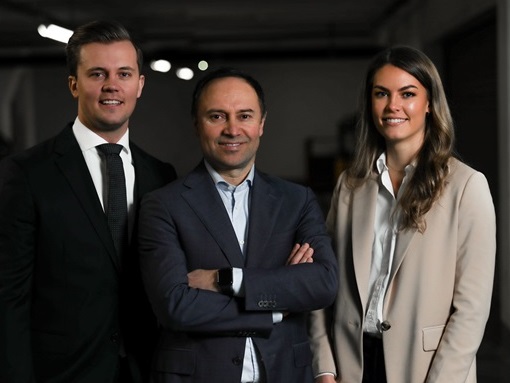Articles on the topics of excellence, unconscious biases and personality development
Mind your business focuses on the topic of excellence in decision making and decision support.
This can be applied in numerous areas. In this section you will find thoughts, ideas & articles to read in more detail.
The articles are based, among other things, on conversations. questions or impulses over the years > feel free to contact us for further suggestions!
If you are interested for the versions in German language - click on the Mind your business website in German language.
Most recent articles
Irrationality in financial controlling
How rational are professions whose main task is objectivity and neutrality? Digitalisation is often seen as key means to guarantee rationality - rightfully so?
Images of leadership
Which image do we have in our mind when we think of the "typical leader?
What prevents more diversity in companies?
FOBO, decision weakness and the role of Finance
What does the Fear of Better Options mean for the work in Finance & Controlling and how can we counter this phenomenon?
Click on the headline to read the full article
First time manager - five recommendations for a great start

We are in a seasonal change right now.
But we are in an even stronger period of job changes - many people are changing careers, including leadership positions.
Becoming a first time manager in particular can be a big leap.
FOBO in business and ways out

Which is the best option?
What decision shall we take in order to reach our goal best?
In today’s world there is usually an abundance of different alternatives available – this might be a case of FOBO.
Me-Time: Gain valuable time

One should, one must, one could - in our fast-moving, complex and dynamic world, there are all kinds of expectations, goals and challenges.
The wheel turns, it turns faster and faster - especially in professional life. How to get things into balance again?
5 suggestions for managing change successfully
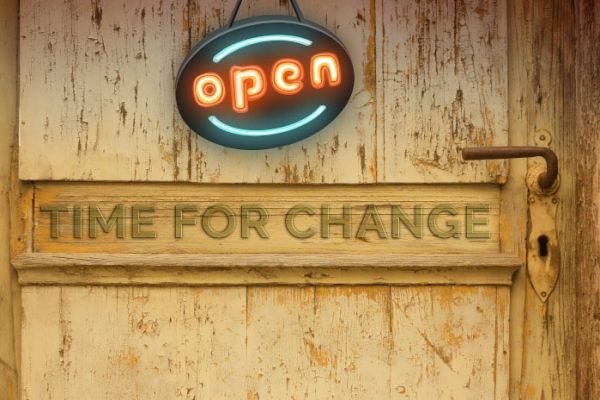
In the previous article we looked at the problems of change processes, the role of unconscious factors and the most central bias.
Now it is time to discuss - what is behind the bias and what can we do concretely?
Reasons why many change attempts fail and a central bias
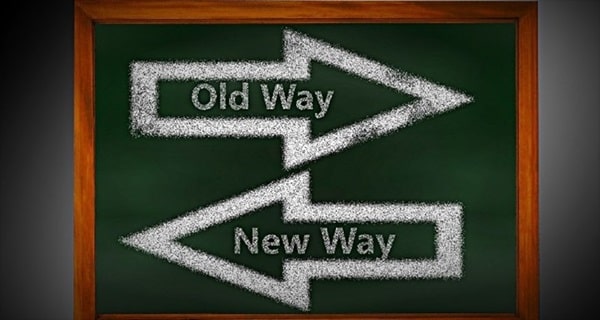
Change is the law of life, and those who look only to the past and present are certain to miss the future.”
Those wise words of John F. Kennedy are as relevant today as they were around 60 years ago.
The difference: today we live in a time where we experience a rate of change that was probably inconceivable in Kennedy’s times.
Sustainable behavioural change - avoid the honeymoon effect
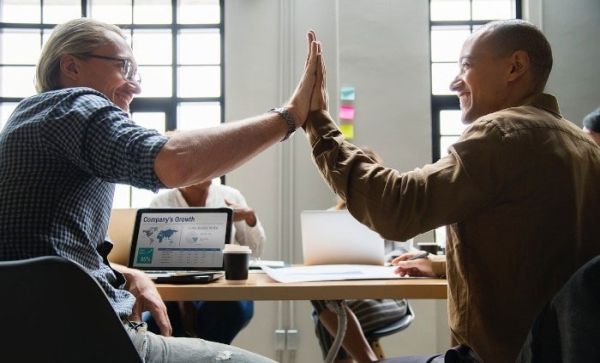
Have you ever experienced the "honeymoon effect" during trainings?
I know it very well, especially from younger years.
It describes the phenomenon that a short-term improvement occurs after seminars or workshops. But this quickly subsides again, which brings us back to the starting point.
Time and money have been invested relatively senselessly - what are ways to improve?
Inequality, discrimination & ways out
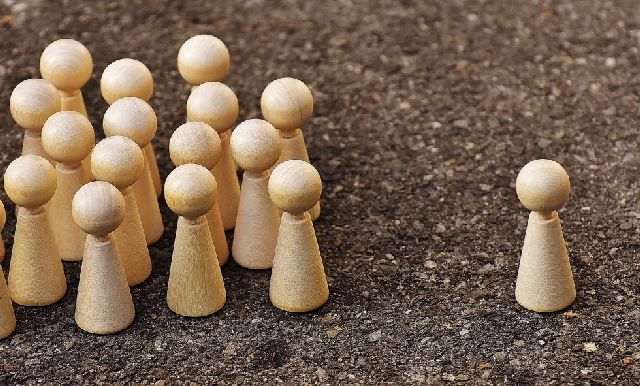
Inequality, exclusion, and fully fledged racism - all items were in the spotlight recently. Whilst most of all countries fall under democratic forms of government, in every society and most of organisations there are differences between different groups which might reach open discrimination of different forms.
How can we explain this phenomenon and what can be done against it?
Digitalisation - friend or foe in organisations?

Digitalisation has become ubiquitous in recent years and most organisations are affected by this development. Due to the pandemic many people were and are busy implementing digital changes or are confronted with their effects. But what are we actually talking about?
Remote work biases

Lock-down, remote work, home office - we have gained plenty of experience during the pandemic, of course also with Zoom, MS Teams, ... Are there any special biases that influence our decisions?
Of course!
It is mainly the "Spotlight Effect" and the "Distance Bias" that can have a significant effect.
Looking back at 2020 - a lost year?
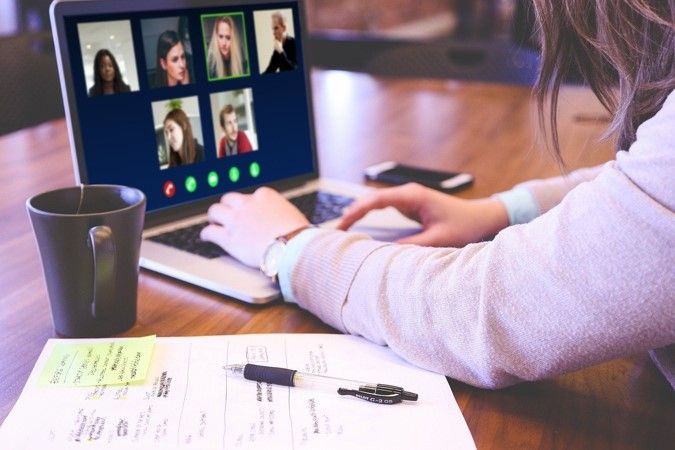
How will we remember the year 2020?
As a year of retrenchment, as a year of rethinking, as a one-off slip of "normality"?
The words of the year - "Corona pandemic" in Germany, "baby elephant" in Austria, "systemically important" in German-speaking Switzerland - indicate that the SARS-CoV-2 virus was in focus.
B2B Online Europe 2019
I had the pleasure of chairing this year's B2B Online Europe Conference in
Barcelona on the second day.
Well-known companies such as Microsoft, Siemens
or ABB presented their paths in various digital topics such as eCommerce,
Customer Experience or digital strategies.
[In der Blog-Übersicht wird hier ein Weiterlesen-Link angezeigt]
I took the following three points with me as
the most important:
- Focus on individual customer needs as a success
factor
- Using data effectively and responsibly at the same time
- Human"
topics such as change management (also internally!), overcoming organizational
silos and the right competencies in the organization are at least as important
as pure technology.
My keynote was mainly about the third point and had the titel "Customer centricity and analogue implications". It was an outlook what digitalisation means to the "analogue" devices of human beings. There are massive changes ahead of us, consequently the question is which competences are needed to deal with them.
Essentially I expect three field of necessary change:
- Digital competencies - rather straightforward to name, less clear what exactly needs to be done
- Leadership competences - digitalisation means that the ecosystem in companies is changing. Conference participants saw organisational silos as main problem.
- Cognitive & social competences - less straightforward but key as shown in recent studies. Challenge here is that these competences are not as clearly visible as technical skills for needed in order to make individuals fit for the future.
The detailed considerations are summarised in a separate document - if you are interested, just click to download the extended version of my speech.


